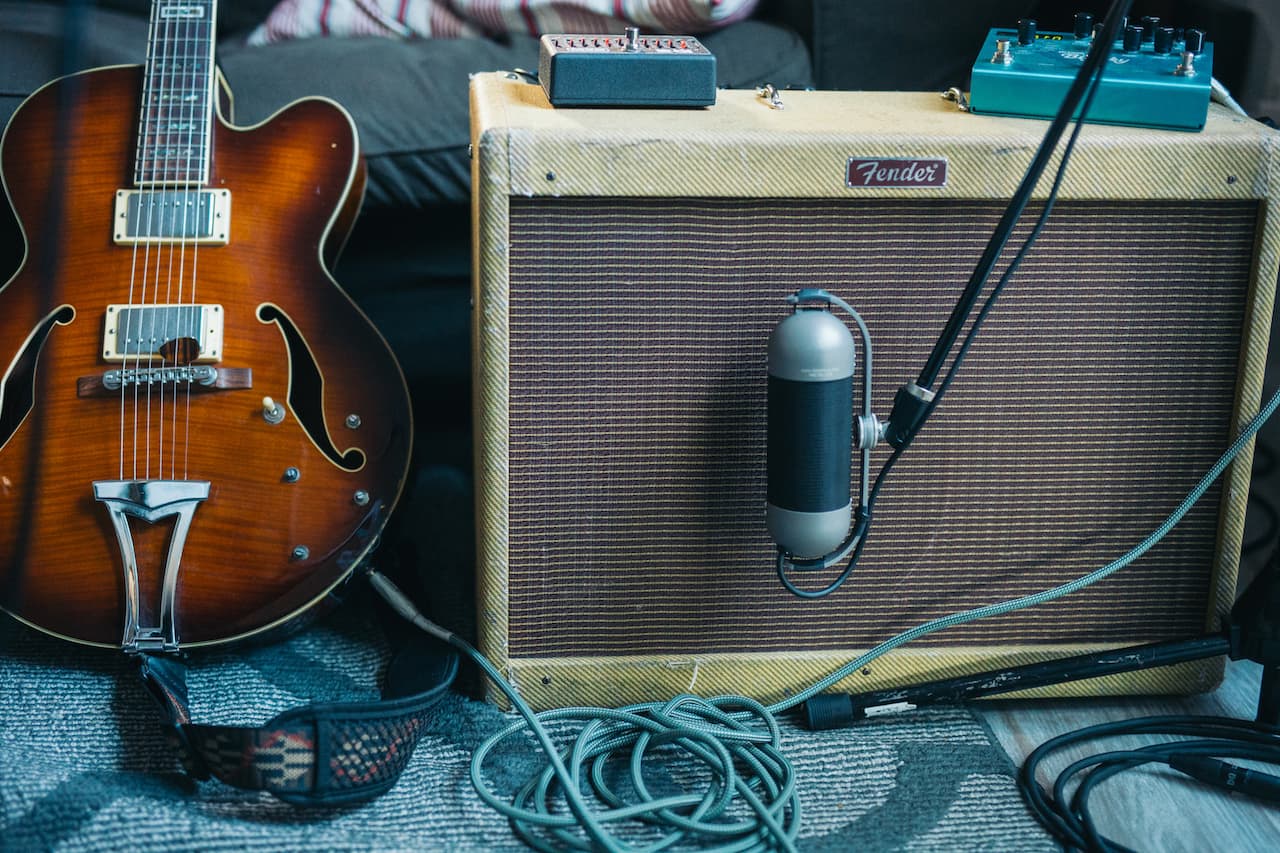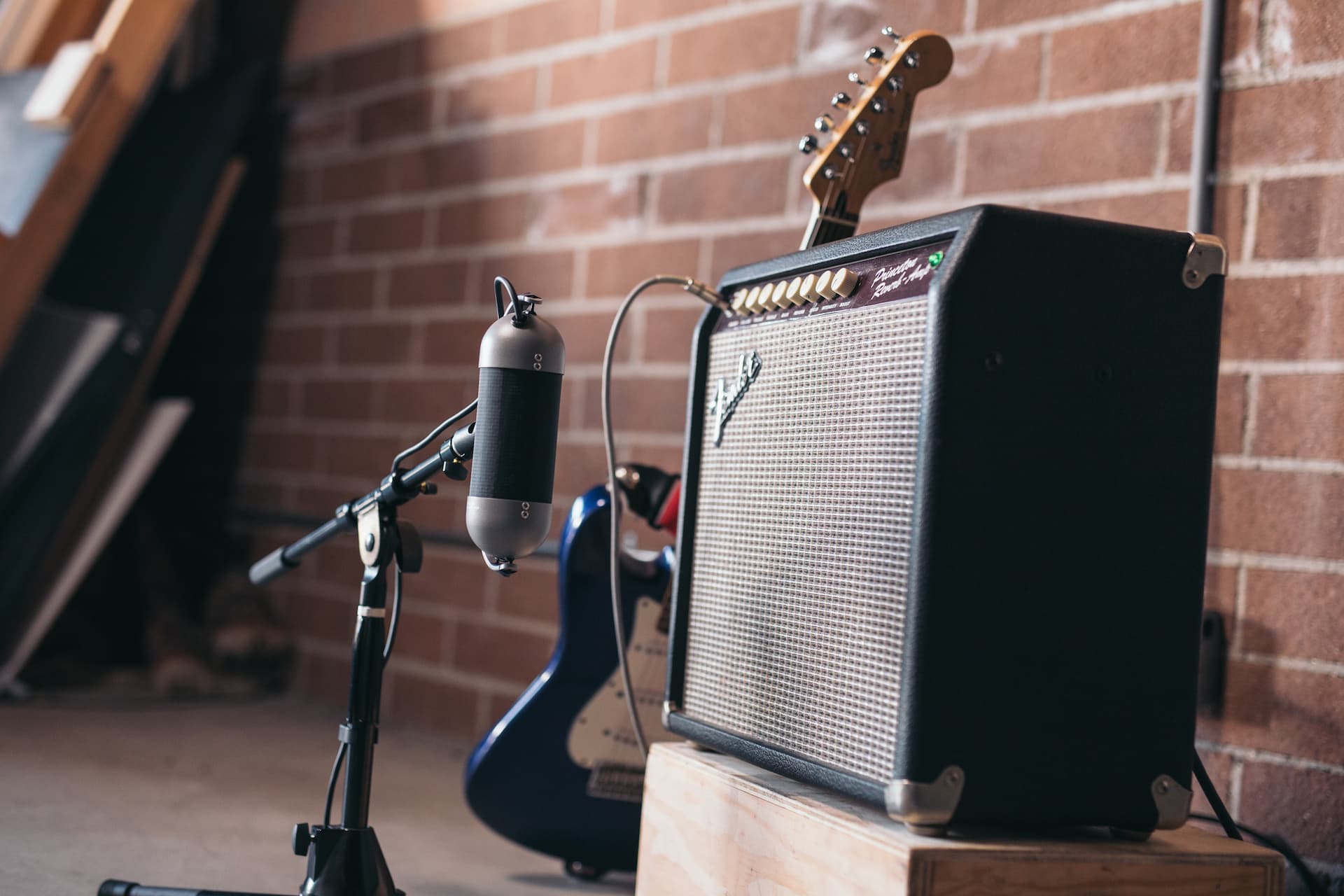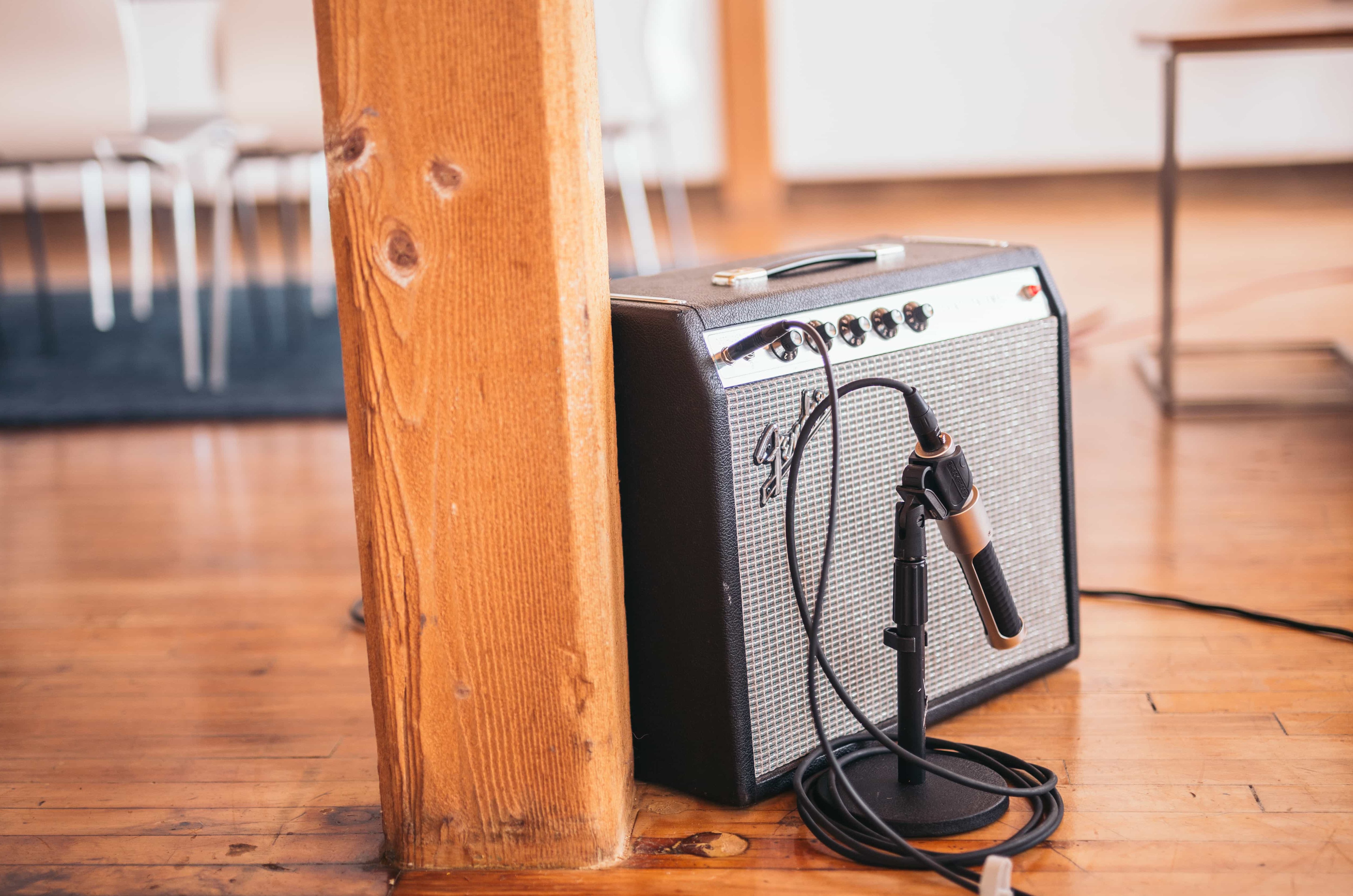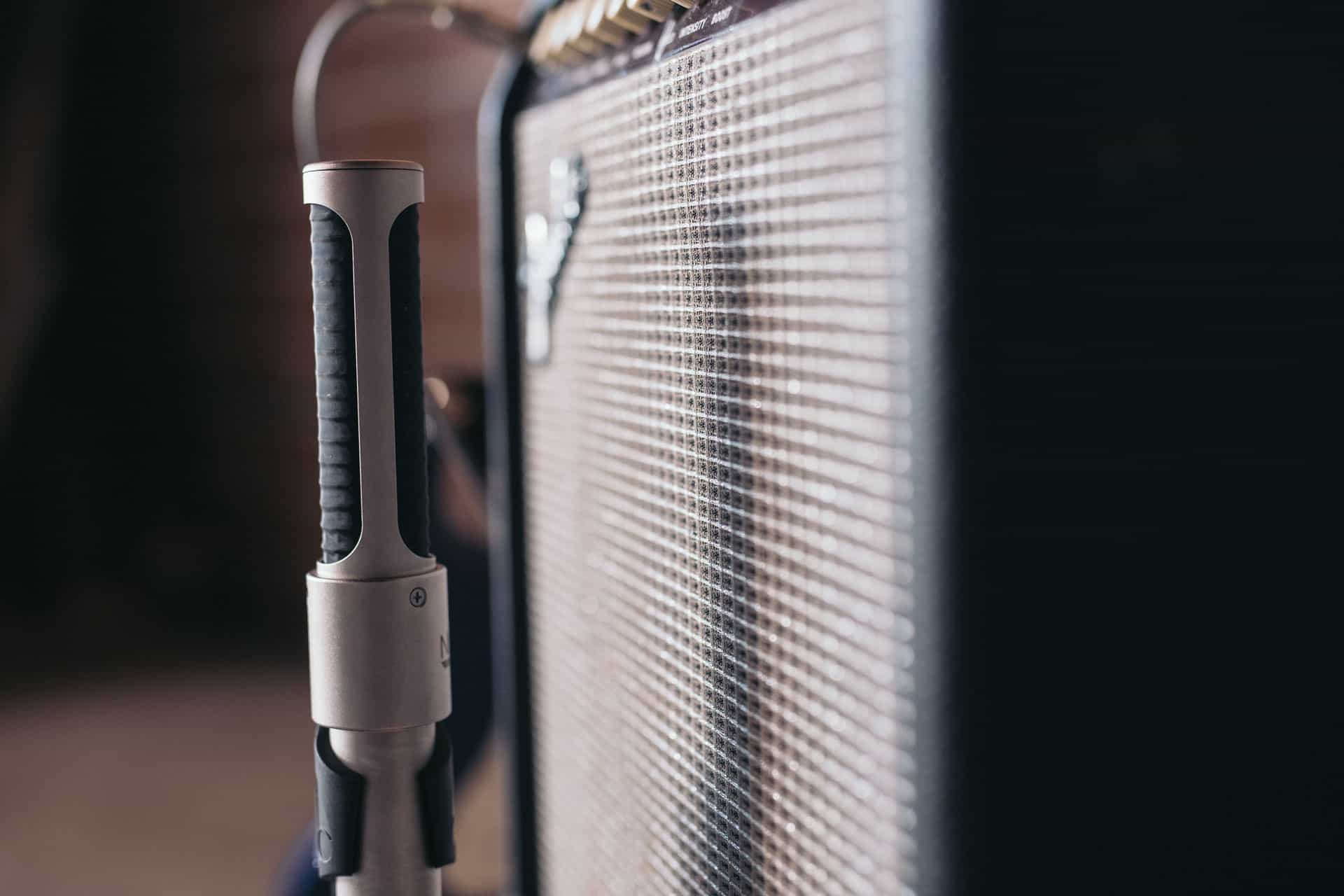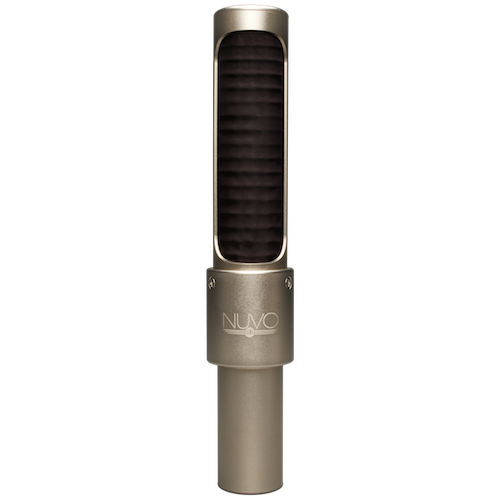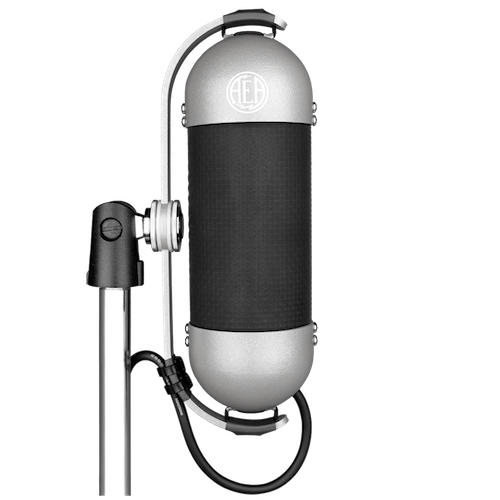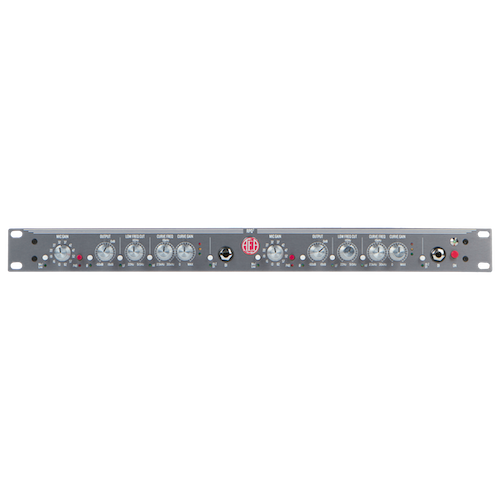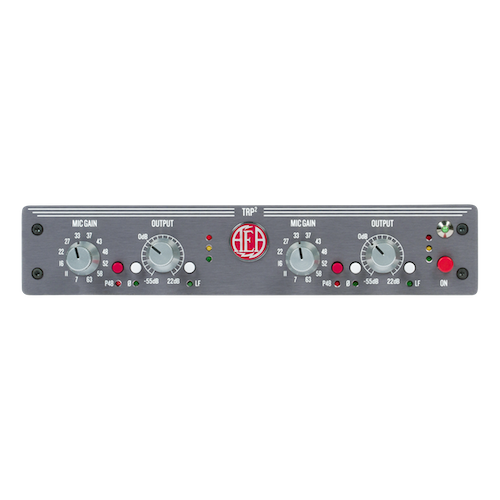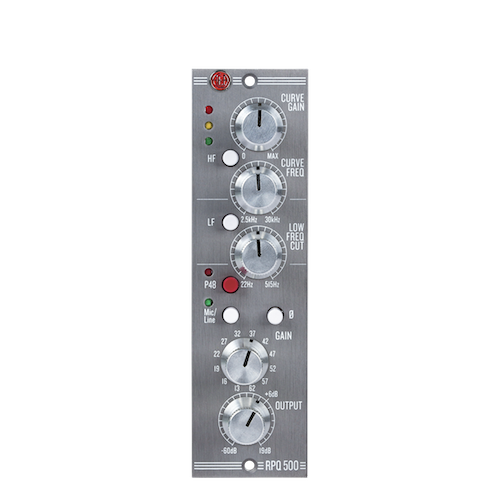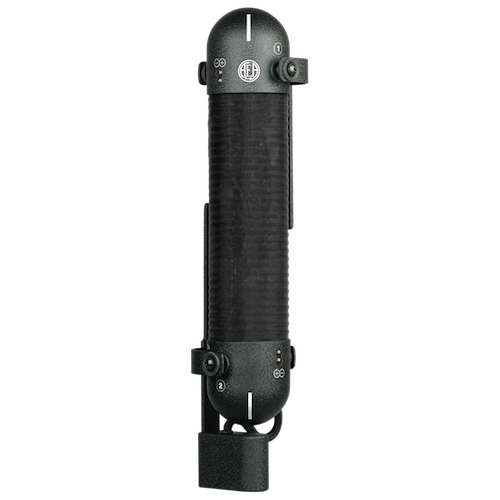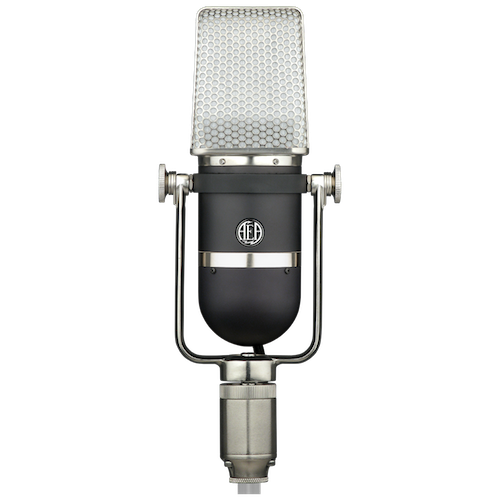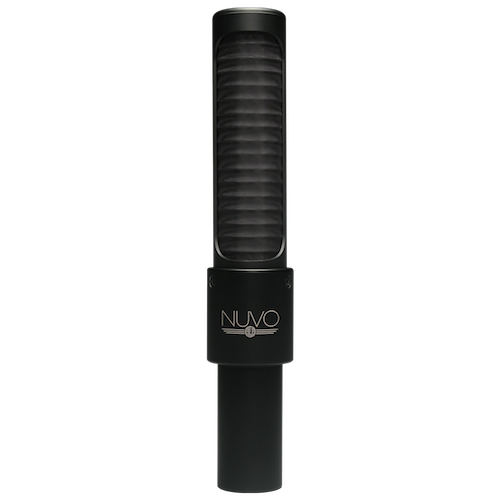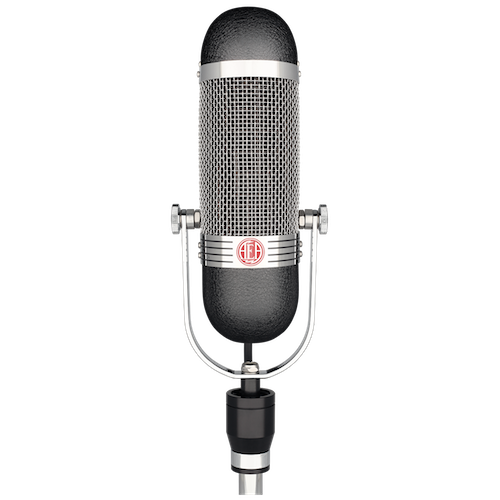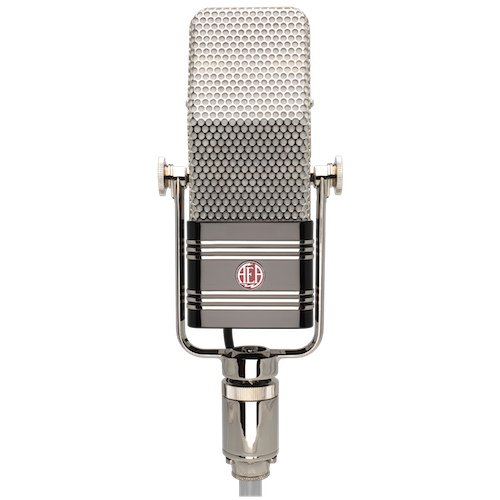With the variety of mics in the world, finding the right one can be a daunting task– especially when it comes to recording guitars. Guitar tracks are interesting to record because of an infinite combinations of guitars, amps, and effects that generate distinct tones. AEA understands the significance of achieving ‘the perfect guitar sound’ and we’ve worked tirelessly to develop microphones that will benefit any guitar sound from any amp. AEA offers two mics that can capture any guitar with superb results: the R92 and N22.
AEA’s R92 and N22 ribbon microphones are near-field models designed for close-range recording. While many ribbons can be positioned up against an amp, these two are special because they eliminate much of the bass build-up from proximity effect. Both are near-field mics that share the same big ribbon and ribbon tuning, but each has a unique sonic signature. So how can you tell the difference between the two, and which is the best for your guitar?
